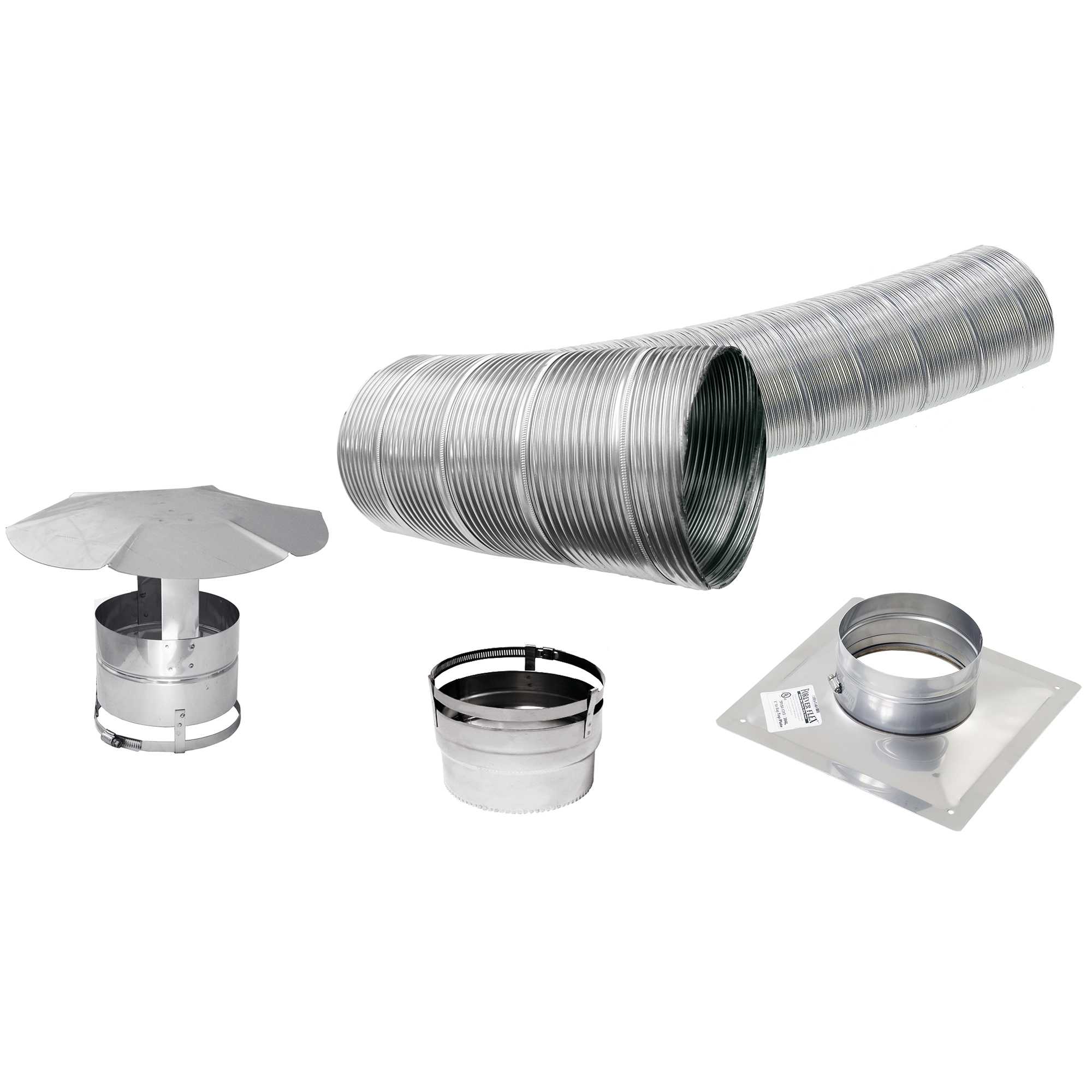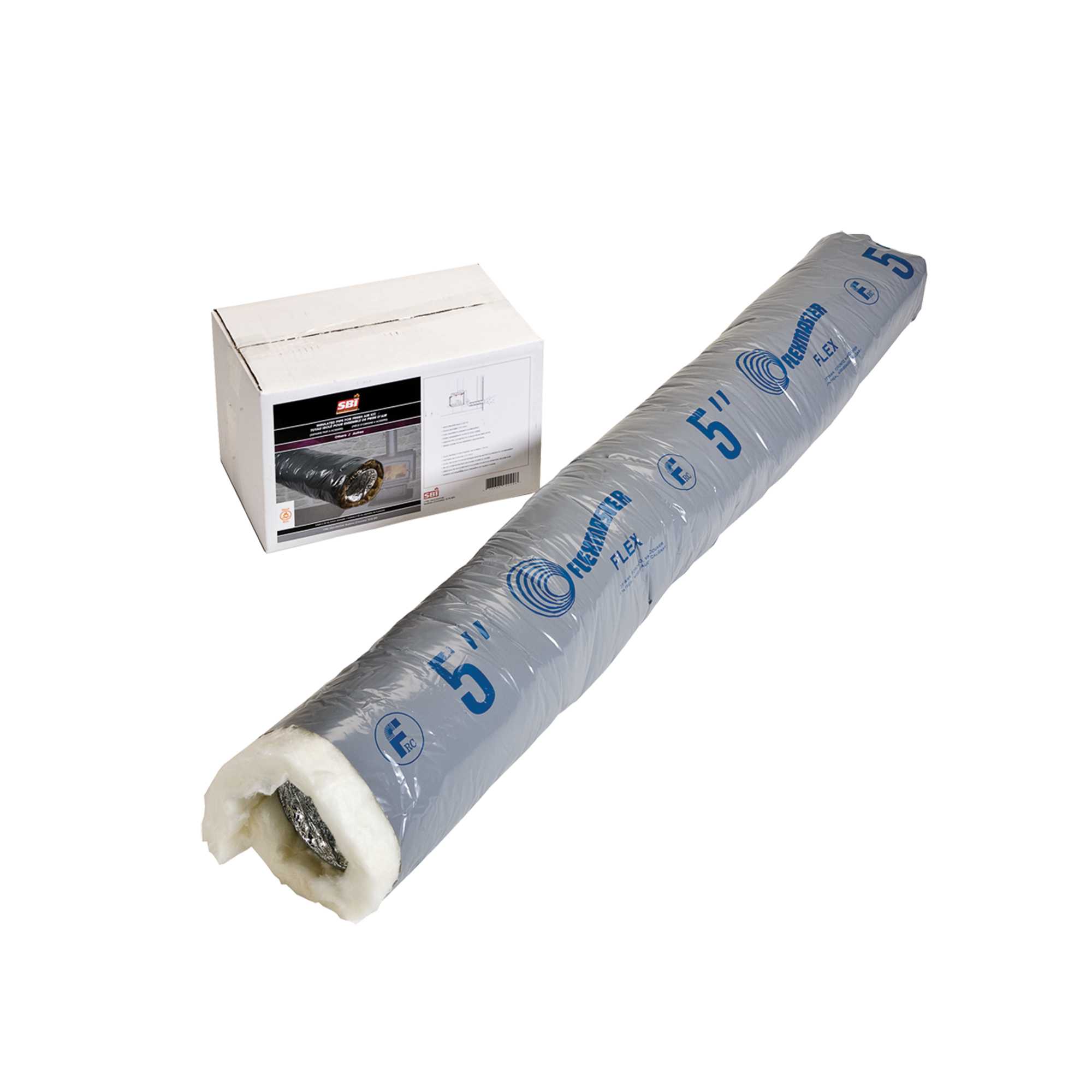My cart
The cart is empty
CW2100 Wood insert
CB00027Read all reviews >
N/A
Get 5% off purchases of $3,000 or more.
Discount automatically applied to cart.
Maximum heat output-dry cordwood
45,000 BTU/h
Dimensions
27 7/8" W X 21 7/8" D X 20 1/8" H
Maximum log length
17" (16" recommended)
Average particulate emission rate
1.5 g/h
Heating area
900 - 1,800 ft²
The recommended heating area varies depending on the climatic zones. To validate the values that apply to your place of residence, click here >
DESCRIPTION
- Suitable for masonry fireplaces only
- Tapered shape (top and sides) designed to fit the smallest masonry hearths
- Blower with left/right power cord
- Lightweight steel faceplate with hooks that snap onto the front of the unit
- Moulded high density refractory panels on the bottom of the appliance and grey bricks on the sides
- Reinforced appliance top with a stainless steel heat shield
- Cast iron door and ceramic glass
- Glass airwash system for a cleaner view of the flames
- EPA certified at 1.5 g/h
- Non-catalytic combustion system
- Designed and made in Canada
- This model qualifies for the US tax credit
- Included: 26" x 42" faceplate, air intake damper and 90 CFM blower with thermodisc
Government incentives
Government incentives may apply to this product. For more details, click here >- Suitable for masonry fireplaces only
- Tapered shape (top and sides) designed to fit the smallest masonry hearths
- Blower with left/right power cord
- Lightweight steel faceplate with hooks that snap onto the front of the unit
- Moulded high density refractory panels on the bottom of the appliance and grey bricks on the sides
- Reinforced appliance top with a stainless steel heat shield
- Cast iron door and ceramic glass
- Glass airwash system for a cleaner view of the flames
- EPA certified at 1.5 g/h
- Non-catalytic combustion system
- Designed and made in Canada
- This model qualifies for the US tax credit
- Included: 26" x 42" faceplate, air intake damper and 90 CFM blower with thermodisc
Government incentives
Government incentives may apply to this product. For more details, click here >SPECIFICATIONS AND MANUALS
Appliance performance
Fuel type
Dry cordwood
Heating area
900 - 1,800 ft²
Overall firebox volume
1.1 ft³
EPA loading volume
1.03 ft³
Maximum burn time
7 h
Maximum heat output-dry cordwood
45,000 BTU/h
Minimum overall heat output rate
8,471 BTU/h (2.48 kW)
Maximum overall heat output rate
31,700 BTU/h (9.29 kW)
Average overall efficiency-dry cordwood (HHV)
75%
Average overall efficiency-dry cordwood (LHV)
80%
Optimum efficiency
82%
Optimum heat transfer efficiency
78%
Average particulate emission rate
1.5 g/h
Average CO
34 g/h
See more >
Manuals
- Appliance dimensions
- Installation and user’s manual
- Installation and user’s manual
Clearances to combustible materials
Clearances to combustible materials | Canada | |||
|---|---|---|---|---|
* Les informations inscrites sur la plaque d'homologation de l'appareil ont toujours préséance sur les informations contenues dans tout autre média publié (manuels, catalogues, circulaires, revues ou sites Web). Consultez le manuel d'installation pour valider tous les dégagements aux matériaux combustibles. | ||||
REVIEWS
Do you own a Century Heating appliance? Leave us your impressions of our product!
Melodee
2025-03-28
--
Ron
2025-01-19
--
Guisselle
2025-01-14
--
Charles
2025-01-13
--
Chris
2024-11-22
Pretty good for what it is
We had a very small existing fireplace opening, so it was basically this or one other competitor’s model. There were no reviews for this model, but I went with it because it was well priced and Canadian made. Maybe the reviews would have swayed me in the other direction, but we’ve still mostly been happy with it.
Knowing we were getting a very small stove, we didn’t expect it to heat the whole house, and it does not. It does, however, provide a good source of supplemental heat for the main living area of the house and, in addition to basically allowing us to halve the amount of oil we burn, it looks great and adds a lot of charm to the room.
Carlos
2024-02-06
--
Cindy
2024-01-05
--
Stephanie
2023-12-21
We were looking forward to having this insert installed. It looks nice and fits seamlessly into our existing brick fireplace. We live in Quebec with frequent power outages in the winter, so we thought it would be a great backup to heat our small bungalow of 1200 sq ft. I cannot give it 5 stars, because although it looks good and seems to be built well, the blower on it is weak it may be good for a room size of up to 300 square feet, but doubt it will heat the entire home during a power outage. It is a disappointment in that regard.
Derek
2023-12-20
--
Carlos
2023-12-11
--
Chris
2023-12-09
Great stove. Fast shipping. Item arrived undamaged and well packaged. Installation was straightforward. Yes, the stove is small. You can fit about 3 pieces of regular-sized wood in it. I have to add wood about every 2.5-3 hours. If I burn for a few hours at night and have a good bed of coals I can relight a "very warm" stove the next day early in the morning (about 8 hours later). This stove works perfectly for what I need it to do. If you are well aware of what you need and what you are trying to accomplish this stove may fit the bill. The price of the stove is outstanding. It is made and designed in Canada. A lot of cheaper stoves are made in China. I will take Canada over China any day for a heating appliance I have to trust to be safe in my home.
Remi
2023-08-31
--
Miro
2023-08-09
Unit is very nice looking and seems to be made well. That being said, the gasket on the door is joined together at the top/middle of the door. I would have thought bottom middle would be better. On my insert the gasket has been cut too short and has a 1/2" gap for air to enter. I will be calling Century to enquire about this issue.
Keep in mind this is a small insert and not a lot of wood will fit in, therefore I don't expect very long burn times and huge amount of heat.
Jay
2023-05-14
--
Gary
2023-03-05
--
Don b
2023-02-16
It's small
While it is advertised as small, if definitely is small. That being said, install was easy (again, small) but the heat output is a huge disappointment. The fire box is so tiny, after 12 hours of ash, you can barely squeeze in 2, 1/4 split logs (so, half a log total) that means, feeding it wood almost hourly. It is constructed nice, looks good. The blower is almost useless and again, the biggest problem is the tiny firebox. The only reason we chose this one was due to availability, we needed a new insert before the 2022/2023 winter and this was all that was available. Definitely will be changing it out in the future.
Joe
2022-12-24
Not that great
We were really excited to get this insert. We liked the design and look of the unit and thought it would be a great addition to our family room for supplementing heat because of rising fuel prices. We live in Southern New York and winter temps can get in the single degree temperatures (Fahrenheit). I give it 2 stars because it looks good and seems to be built well. I can't justify giving it more than that. The blower on it is weak and it may be good for a room size up to 300 square feet. Definitely will not heat a 1200 square foot home that it says it is rated up to. Barely heats our 600 sq ft family room on a 40° night. Incredible disappointment. I plan on pulling it out and getting a larger insert from another company. Waste of money this unit is. I'd send it back if I could but its not worth the shipping cost and I wasted enough money already.
Harold
2022-11-13
-
-
Continue reading
SUPPORT AND SERVICE







